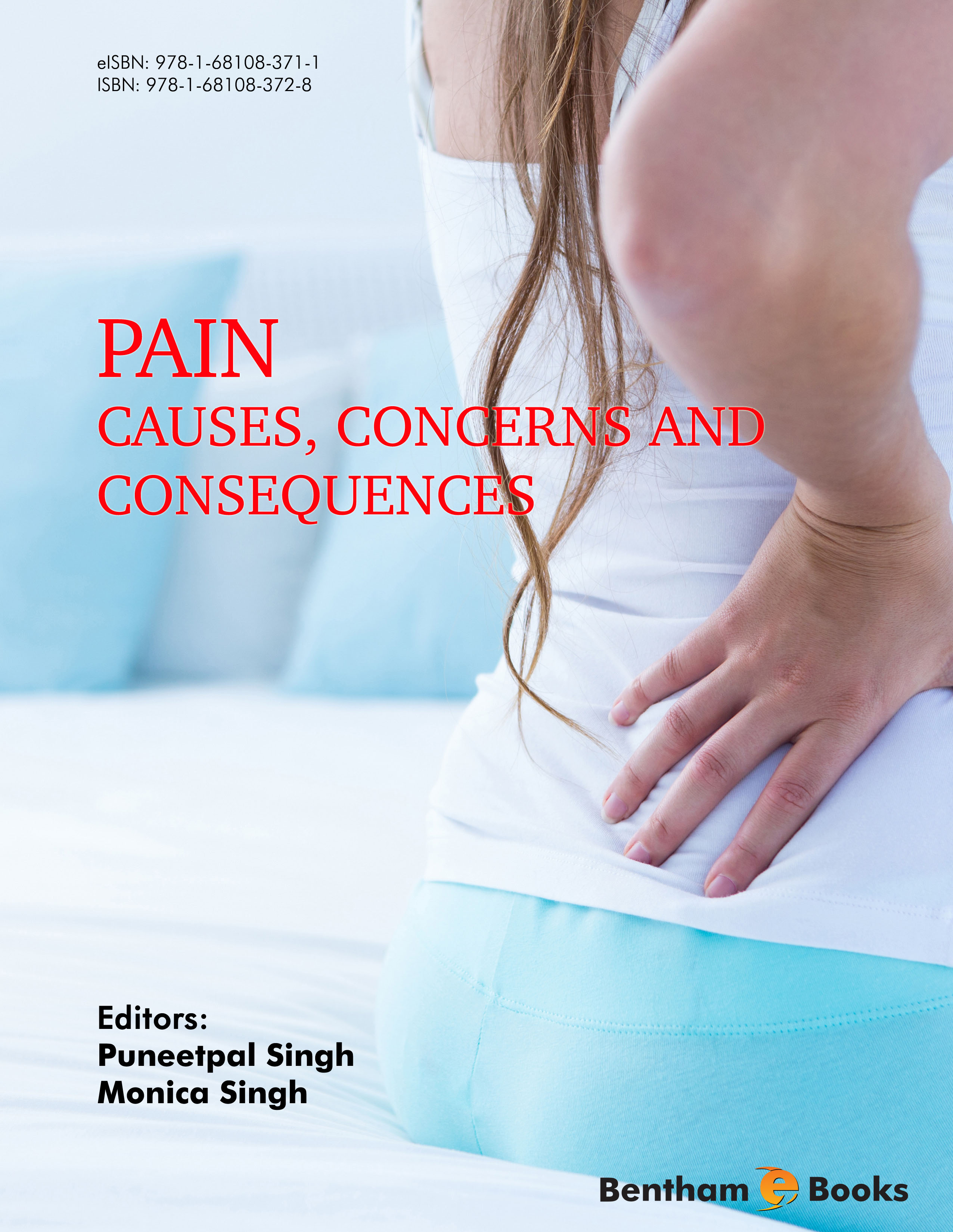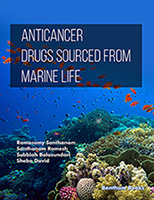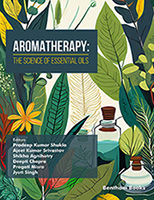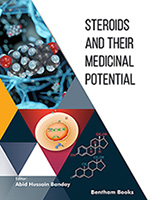The present book is about pain, a vital part but an unwelcome guest in the corridors of human health. If we count the toll of human sufferings, the pain is the forefront perpetrator. It is metastasizing and has tethered directly or indirectly to almost every disease or morbid condition. Its realisation is different by anaesthesiologist on pre-operative condition, neurologist on migraine or headache, rheumatologist on arthritis and oncologist on cancer, however, complex and distinctive appraisals are proclaimed by different patients.
Scientist have exposed constellation of factors and started hunting down all those culprits which contribute but are still absconding from the scene of pain. The physiological, biochemical and genetic role in human pain has been delved, discussed and disseminated in clinical literature but many concerns are still to be unravelled.
This compendium, “Pain: Causes, Concerns and Consequences” is aimed to assimilate and harness scholastic knowledge from the scientists and researchers of high repute, who have been working in this domain of pain research. This treatise has positively brought state of the art knowledge in relation to prognosis and prophylactic measures of pain, which we surmise to be a valuable volume.
In the first chapter Dr. David shares his experiences of understanding pain as a clinician. He trudges along his memory lane and discusses the interdependence of clinician and researcher in the search of indepth perception of explained and unexplained pain. His professional journey as a special orthodontist proffers a novel way of tackling pain by employing not only classical but psychological ways and means.
Dr. Bai Chuang Shyu discussed that central post -stroke pain (CPSP) involves three hypotheses: central disinhibtion, central imbalance and central sensitisation, which do not conflict with each other.
He puts forth that, although, neural substrates of CPSP are diverse, but cortical pain matrix (contra lateral somatosensory cortex, bilateral mid and posterior insula, interior insula and posterior cingulate cortex) regulates pain processing in CPSP. He concludes that [14C] iodoantipyrine (IAP) data from the animal model of CPSP with lesions of ventrobasal complex of right thalamus indicate that during pain, significantly higher activation occurs in the medial prefrontal cortex (mPFC), interior cingulate cortex, thalamus, hypothalamus, amygdala and periaqueductalgray (PAG). He proposes that for, CPSP this novel idea of checking [14C] IAP may be used for pharmacological and non- pharmacological interventions of CPSP.
Third chapter emphasises the psychological issues in cardiac and non-cardiac chest pain. In emergency departments and intensive cardiac care units (ICCU), the most common symptoms of these patients are psychological stress, fear and anxiety. If remain unaddressed, these symptoms may lead to worst outcomes with severe ramifications. Psychotherapy especially cognitive and behavioural interventions can substantially lower the pain developed as a consequence of psychological distress.
Fourth chapter presents the facts and figures of several genes that participate in different phases of pain. Pain being a complex manifestation is perceived, processed and promulgated first and foremost through genetic endowment of the individual whereas, physiology, psychology, sociology and environment, later appear on the scene. It is acknowledged in this chapter that the idea of personal medicine for managing pain, based on the genetic profiling of the individual is possible in near future.
Dr Przekop writes about the causes and concerns of chronic non-cancer pain (CNCP) especially when coexisted with substance use disorder (SUD). He professes that, in formulating the treatment plan for CNCP and SUD the concomitant factors of one’s psychology, sociology and physiology should be taken care of, so that the patient becomes an active participant in the treatment of his or her chronic pain.
Fifth chapter emerges out from a query that whether microRNAs (miRNAs) play role in pain pathophysiology and targeting them can be useful in managing pain. The chapter diligently explores the role and relevance of miRNAs in anti-nociceptive therapeutics. Apropos to the query, the chapter reveales that understanding the miRNA expression profile in almost every component of somatosensory system from peripheral neurons to higher central system, plays promising role in modulation of pain perception.
Dr Muthuraman investigates the analgesic potential of 7-hydoxy-4-methyl-coumarin (HMC) in acrylamide induced pain in rats. By conducting acrylamide induced nociceptive pain sensation and biochemical estimation, he documents that pre-treatment of rats with HMC and cyclosporine; ameliorate the acrylamide induced changes in biochemical and behavioural parameters in dose dependent manner.
He suggests that this ameliorative effect of HMC is because of its antioxidant, anti-lipid peroxidative, calcium ion regulatory and mitochondrial permeability transition pore inhibitory action.
We are deeply indebted to Ms. ShalluKhullar for her extended help in style editing of the book. We extend our heartfelt gratitude to Mrs. Humaira Hashmi, Editor In-charge, eBook department and Editorial Manager Publications, Ms. Hira Aftab, Incharge Publications, Ms. Maria Baig, Manager Publications and especially Mr.MahmoodAlam, Director Publications, Bentham Science publishers for their kind support, encouragement and help.
Dr. Puneetpal Singh
Department of Human Genetics
Punjabi University, Patiala
India
&
Dr. Monica Singh
Department of Human Genetics
Punjabi University, Patiala
India





